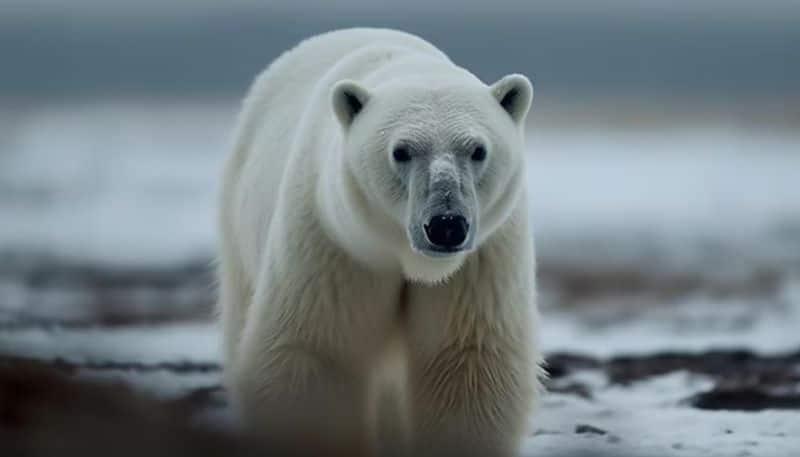
International Polar Bear Day: The Impact Of Global Warming, Reduced Sea Ice On Polar Bear Populations
Loss of Habitat
Polar bears primarily inhabit regions with abundant sea ice, which they use as platforms for hunting seals, their primary prey. As global warming causes Arctic sea ice to melt at an accelerated rate, polar bears are losing critical habitat for foraging and resting.
Reduced Hunting Opportunities
Declining sea ice limits polar bears' access to their preferred prey, seals, as they rely on the ice to ambush seals when they surface to breathe. With less sea ice available, polar bears must travel greater distances to find food, leading to increased energy expenditure and reduced hunting success.
Thinner Body Condition
Limited access to seals and increased energy expenditure due to longer hunting trips result in thinner body condition for many polar bears. This can have cascading effects on their health, reproductive success, and survival rates.
Increased Drowning Incidents
As sea ice retreats farther from the coast, polar bears may be forced to swim longer distances between ice floes or to reach land. Prolonged swims can lead to exhaustion and increase the risk of drowning, particularly for cubs and older bears.
Altered Reproductive Patterns
Female polar bears typically rely on sea ice as a platform for denning and raising their cubs. With shrinking sea ice, pregnant females may have fewer suitable locations for denning, leading to decreased cub survival rates and altered reproductive patterns.
Encounters with Humans
As sea ice retreats, polar bears are increasingly coming into contact with human settlements and activities. This can lead to conflicts with humans, as bears search for alternative food sources or habitats. In some cases, polar bears may be shot or relocated to mitigate these conflicts.
Overall, the loss of sea ice due to global warming poses a significant threat to polar bear populations, with implications for their survival, reproductive success, and long-term viability. Conservation efforts aimed at mitigating climate change and protecting critical polar bear habitats are essential for ensuring the continued existence of these iconic Arctic animals.
Legal Disclaimer:
MENAFN provides the information “as is” without warranty of any kind. We do not accept any responsibility or liability for the accuracy, content, images, videos, licenses, completeness, legality, or reliability of the information contained in this article. If you have any complaints or copyright issues related to this article, kindly contact the provider above.
Most popular stories
Market Research

- Manuka Honey Market Report 2024, Industry Growth, Size, Share, Top Compan...
- Modular Kitchen Market 2024, Industry Growth, Share, Size, Key Players An...
- Acrylamide Production Cost Analysis Report: A Comprehensive Assessment Of...
- Fish Sauce Market 2024, Industry Trends, Growth, Demand And Analysis Repo...
- Australia Foreign Exchange Market Size, Growth, Industry Demand And Forec...
- Cold Pressed Oil Market Trends 2024, Leading Companies Share, Size And Fo...
- Pasta Sauce Market 2024, Industry Growth, Share, Size, Key Players Analys...





















Comments
No comment